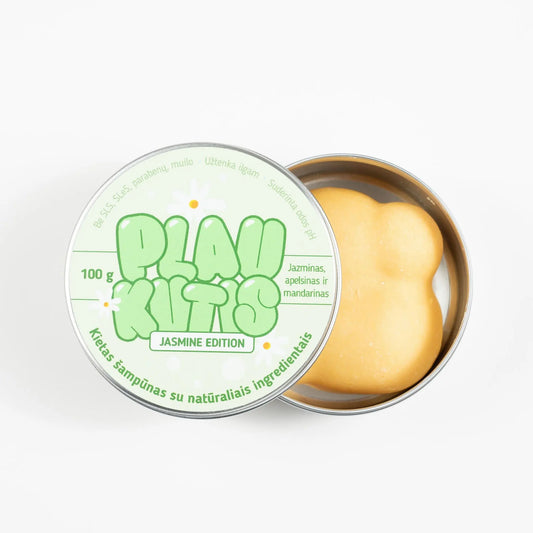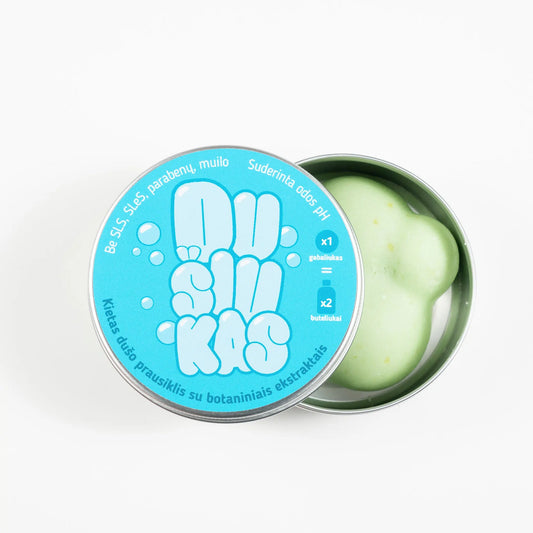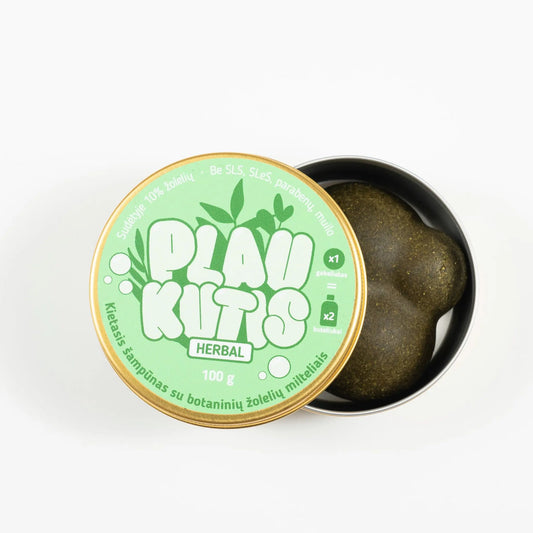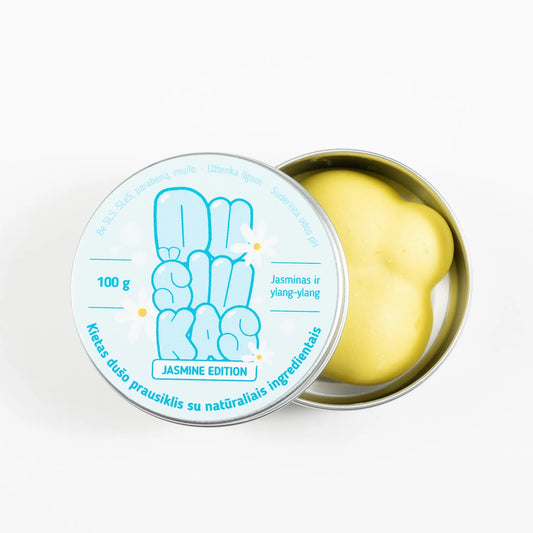Have you ever dreamed of creating your own unique scent? Imagine the joy of mixing scents that match your personality, mood, or even the seasons. Solid perfumes are a great way to create personal aromas that you can easily carry with you anywhere. Interestingly, the global perfume market is expected to reach an estimated $91 billion by 2027, reflecting our ongoing fascination with scent. Let’s delve into the art of solid perfume blending, complete with cultural insights, interesting research, expert quotes, and practical tips to help you create a scent that’s uniquely yours.

Fragrance notes: what you need to know
To create your own perfume masterpiece, you need to understand the notes of the fragrance. Think of them as musical chords that make a piece beautiful. As perfumer Jean-Claude Ellena (former perfumer at Hermès ) says:
"Perfume is a poetic work. It is a language, a message through which we communicate with others."
Top notes:
– These are the scents you smell first – fresh, uplifting, inviting.
– They disappear quickly, usually within 15-30 minutes.
– Examples: citrus, peppermint, lavender, green tea. Studies show that citrus scents can improve mood and productivity by up to 15%.
Middle notes:
– This is the core of your perfume, lasting for 2-4 hours.
– Most often these are floral, fruity or spicy aromas.
– Examples: rose, jasmine, peach, cinnamon. Jasmine is very popular in India – traditionally symbolizing love and spirituality.
Key notes:
– These scents anchor the composition – lasting for several hours or even the whole day.
– Rich, deep aromas that linger subtly on the skin.
– Examples: vanilla, sandalwood, amber, musk. Sandalwood, widely used in Asian traditions, is renowned for its calming properties.
Mixing ratios:
– 30% top notes
– 50% middle notes
– 20% of the main notes
Most popular fragrance families
-
Floral: gentle, romantic – rose, jasmine, lily. Floral scents account for more than 60% of global perfume sales.
-
Oriental: exotic, warm – ambergris, vanilla, patchouli. Originating from the Middle East, these scents exude mystery and seduction.
-
Fresh: clean, energetic – citrus, sea breeze, herbs. Popular in Scandinavia, where nature and simplicity are valued.
-
Woods: earthy, calm – sandalwood, cedar, vetiver. Very close to the aesthetics of Japanese minimalism.

Tips for creating unique scents
Creating a perfume is like cooking in the kitchen: mix slowly, trust your senses, and adjust as needed.
Seasonal scents:
-
Spring: floral notes (rose, peony) and fresh citrus - a favorite combination in Parisian perfumery.
-
Summer: tropical fruits (mango, coconut), aquatic accords, green tea - inspired by island cultures.
-
Autumn: warm spices (cinnamon, nutmeg), earthy woods, apples – popular in the USA and Canada.
-
Winter: rich amber, creamy vanilla, smoky cedar, warm chocolate - reminiscent of a cozy Nordic winter.
Fragrances according to mood:
-
For relaxation: lavender, chamomile, soft vanilla – proven to reduce cortisol levels (stress hormone).
-
For energy: citrus, mint, ginger – studies show that these scents significantly improve alertness.
-
For confidence: jasmine, sandalwood, patchouli – historically used by royal families to emphasize power and authority.
Trendy combinations:
-
Citrus + green tea: refreshing and clean – a favorite in Japan and Korea.
-
Rose + vanilla: romantic and cozy – popular in Europe.
-
Coconut + sandalwood: a warm and seductive combination inspired by seaside resorts around the world.

Myth busting and interesting facts about scents
Myth: Perfume smells the same on everyone.
Fact: Body chemistry affects scent – the same fragrance smells different to different people after just 20 minutes.
Interesting: Cleopatra scented the sails of her ship with jasmine so that her arrival could be felt from afar!
Myth: Solid perfumes don't last long.
Fact: The wax or butter base keeps the scent close to the skin and can last longer than liquid perfume.
Vanilla – scientifically proven to help you relax and bring joy – stress reduction can reach as much as 63%.
Women often have a more sensitive sense of smell than men - this is proven by neurological studies, which is why creating fragrances is especially enjoyable for them.
Practical tips for the perfect scent
-
Start with small amounts, mix carefully, test on skin.
-
Allow the scent to "mature" for 24-48 hours before final evaluation.
-
Use cotton swabs or paper to test combinations.
-
Always record your recipes and changes.

Common problems and how to solve them
-
Too strong a scent: dilute with more base (e.g. wax or butter) or add softer notes like vanilla or lavender.
-
The scent is too weak: gradually add more fragrance oils.
-
Short-lasting scent: Include more base notes – especially wood, vanilla or amber.
Safe use and storage
-
Store solid perfumes in a cool, dark place, away from light and heat.
-
Use clean tools to avoid contamination.
-
Clearly label each mixture – include the date and ingredients.

Frequently asked questions
1. How long do solid perfumes last?
Typically 4-8 hours, depending on ingredients and usage.
2. Is it possible to mix perfumes from different brands?
Absolutely! Perfumer Roja Dove encourages experimentation and the creation of unique scents.
3. Are solid perfumes suitable for sensitive skin?
Usually yes. Dermatologists advise testing on a small area of skin first.
4. Do fragrance notes affect mood?
Of course. Neurological studies prove that scents like lavender or citrus have a pronounced effect on emotional state.
5. What is the best base for solid perfumes?
The most commonly used: beeswax, shea butter, jojoba oil - they nourish the skin and hold the scent perfectly.

Summary
Creating a perfume is a creative and personal journey. Explore scent notes, experiment with combinations, and let your scent tell your story.
Have you created your own fragrance yet? Share your experiences and fragrance recipes in the comments!













